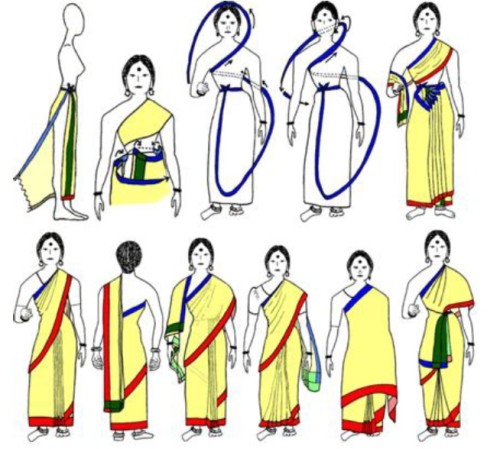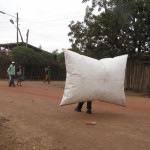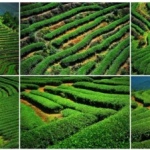The word “sari” means a strip of cloth. Historic literature points towards the use of this garment even during the Indus Valley civilization in circa 3000 BC. India has a very long and rich textile tradition. The saris vary in style, material and embellishment across the regions and cultures. A recent large-scale yearlong field study in 28 Indian offices has shown that 99% of Indian women are dressed in Indian ensembles. However, knowledge on the sari’s clothing insulation is very limited in the current codes. ASHRAE standards carry the clo values of many western-style ensembles only.
The sari in its modern day avatar is a single rectangular piece of unstitched cloth: 1.15 – 1.25 m wide and 5 to 8.1 m long. The draping style of sari varies with geographical area and the activity of the female, while there are more than a hundred known styles of draping. A unique feature of sari is that it changes the insulation level significantly just by adjusting the drapes, and there are many ways to drape the upper body and lower body. The drape of the ensemble depends on several factors including weather, occassion, and activity of the person and it alters the microclimate around various body parts.

The steps of sari draping in “nivi” style. Source: Saris: An Illustrated Guide to the Indian Art of Draping (PDF), C. Boulanger, 1997.
For this study we used the most popular “nivi” style of draping along with its four subvariations using two 5.75 m long saris. We draped a female manikin in two different saris. These are (1) a heavy weight poly-cotton handloom sari, and (2) a lightweight pure silk sari made in the Indian states of Karnataka and Tamilnadu respectively. All together, we tested nine combinations of ensemble/drapes commonly observed in office buildings in both winter and summer.
Unlike the western outfits, the sari was found to be a unique ensemble offering a range of clothing insulation, rather than a single value for a given set of garments of the ensemble depending on the drape. We noted the clothing insulation varying by about 35% due to the changes in drape on the upper body alone. The winter ensembles had a clothing insulation of 1.11 to 1.39 clo, while the summer and monsoon ensembles provided 0.62 to 0.96 clo as clothing insulation.
Quoted from: Versatile Indian sari: Clothing insulation with different drapes of typical sari ensembles, Madhavi Indraganti et al, Proceedings of 8th Windsor Conference: Counting the Cost of Comfort in a Changing World, Cumberland Lodge, Windsor, UK, 10-13 April 2014. London: Network for Comfort and Energy Use in Buildings. Many thanks to Elizabeth Shove.
Related posts:





